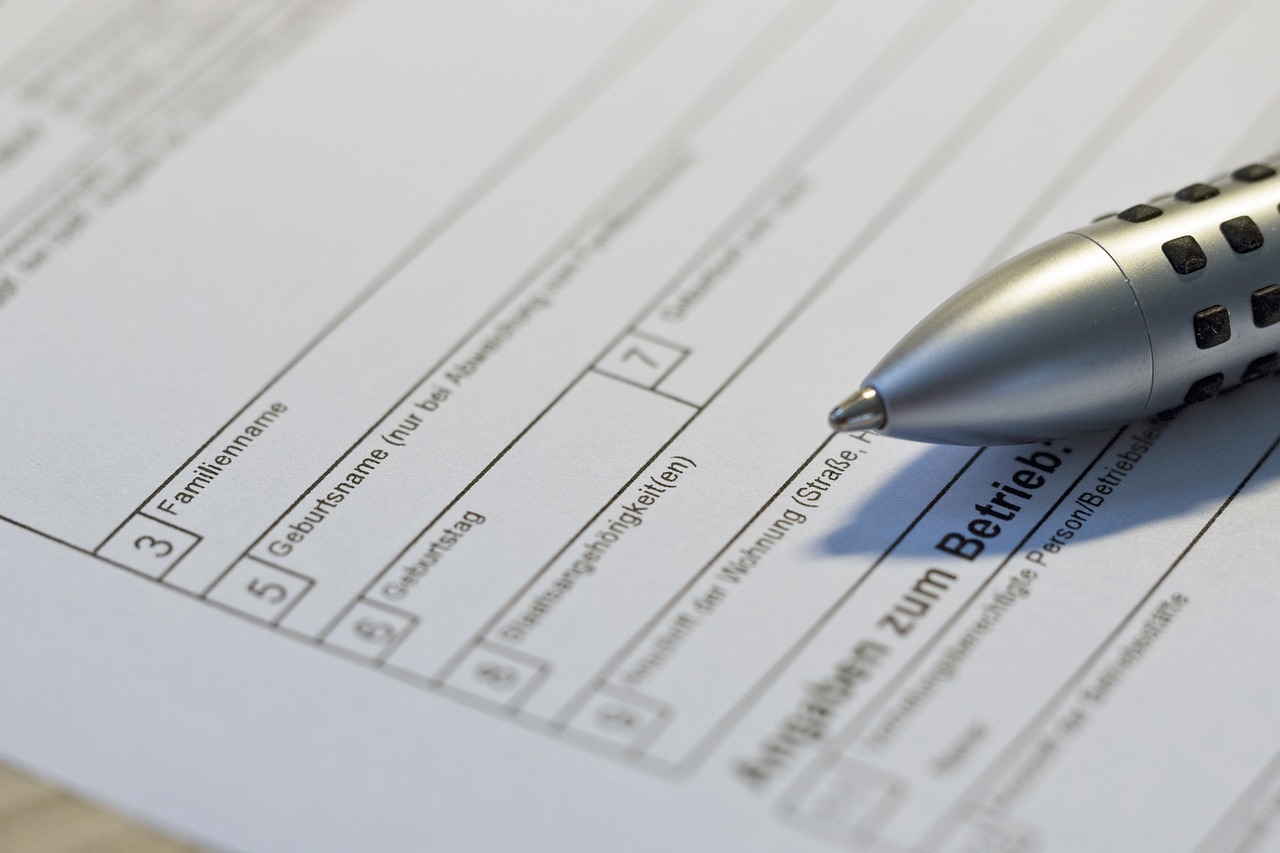Navigating the healthcare system can be stressful, especially when you’re faced with hefty medical bills. The good news? Many hospitals and healthcare systems in the United States offer patient assistance programs, financial assistance, or charity care programs to help those in need. If you’re unsure where to start, this guide will walk you through everything you need to know.
What Are Patient Assistance/Charity Care Programs?
Patient assistance programs (PAPs) and charity care programs are designed to provide financial relief to individuals who:
- Are uninsured or underinsured.
- Have low income or are experiencing financial hardship.
- Cannot afford their medical bills even with insurance.
These programs aim to reduce or even eliminate your medical debt, ensuring that financial barriers don’t prevent you from receiving essential healthcare.
Who Qualifies for These Programs?
Eligibility requirements vary by hospital or healthcare provider, but here are common criteria:
Income Level: Most programs base eligibility on a percentage of the Federal Poverty Level (FPL).
For example:
- Free care may be available for households earning less than 200% of the FPL.
- Sliding scale discounts may apply for those earning up to 400% of the FPL.
Insurance Status: Some programs are only for uninsured patients, while others assist the underinsured (those with high deductibles or out-of-pocket costs).
Residency: You may need to be a resident of the area or state where the hospital is located.
Other Factors: Special circumstances such as medical emergencies or significant financial hardship can also be considered.
How to Find and Apply for Financial Assistance
1. Start with the Hospital’s Financial Assistance Office
- Ask Directly: Contact the billing department or financial assistance office of the hospital or clinic where you received care. Most nonprofit hospitals are required to offer charity care to maintain their tax-exempt status.
- Request Policies: Hospitals are legally required to provide a written financial assistance policy upon request.
2. Search Online for Patient Assistance Programs
Many hospitals list their charity care programs on their websites. Here are some examples:
• Mayo Clinic: Offers financial assistance based on income and family size.
• Cleveland Clinic: Provides charity care for patients who meet income eligibility guidelines.
• Kaiser Permanente: Has a Medical Financial Assistance program for low-income patients.
Search for “[hospital name] financial assistance” to find specific details.
3. Use National Databases and Resources
Several organizations can help you find financial assistance programs:
- Patient Advocate Foundation (patientadvocate.org): Offers financial aid resources for patients with chronic, debilitating, or life-threatening illnesses.
- Partnership for Prescription Assistance (pparx.org): Helps patients find programs to reduce medication costs.
- National Association of Free and Charitable Clinics (nafcclinics.org): Provides a directory of free or low-cost clinics.
4. Check State or Regional Programs
Many states have their own assistance programs, especially for uninsured or low-income residents. For example:
- New York State: The NYS Charity Care Program assists uninsured residents in accessing hospital care.
- California: The Hospital Presumptive Eligibility program helps low-income residents receive care quickly.
Search for “[your state] medical charity care programs” for options near you.
5. Explore Insurance Company Assistance Programs
Some insurance companies offer their own financial assistance for out-of-pocket costs. Call your insurer to ask if they provide hardship programs or payment plans.
What Does Financial Assistance Cover?
Programs can cover a variety of costs, depending on the hospital or provider. These may include:
- Full or Partial Payment of Medical Bills: Discounts or forgiveness for eligible patients.
- Emergency Care Costs: Many programs prioritize emergency room visits.
- Medications and Prescriptions: Assistance with the cost of drugs or access to free medications.
- Specialist Care: Financial help for services like physical therapy, surgery, or cancer treatments.
How to Apply for Assistance
- Gather Necessary Documents: Most programs will require proof of income, family size, and residency. Examples include:
- Recent pay stubs or tax returns.
- Utility bills or rental agreements.
- Insurance statements (if applicable).
- Fill Out the Application: Request and complete the financial assistance application form from the hospital.
- Follow Up: Submit your application and follow up to confirm it’s been received. It may take several weeks to process.
- Appeal If Denied: If your application is denied, don’t give up! Ask why and provide additional documentation if necessary.
Common Questions About Charity Care
Is Financial Assistance Only for Nonprofit Hospitals?
While nonprofit hospitals are legally required to offer financial assistance, many for-profit hospitals and clinics have similar programs. Always ask, regardless of the provider’s status.
Can I Apply After Receiving Care?
Yes! Many programs allow you to apply for assistance after you’ve already received a bill, but there may be deadlines—so act quickly.
Will Applying for Assistance Hurt My Credit?
No, applying for financial assistance won’t affect your credit score. In fact, it can prevent unpaid bills from going to collections, which would hurt your credit.
Tips for Success
- Act Quickly: Apply as soon as you receive your bill to avoid late fees or collections.
- Stay Organized: Keep copies of all correspondence and documents.
- Be Persistent: If you’re denied, ask for a detailed explanation and explore alternative programs.
- Seek Help If Overwhelmed: Contact a patient advocate or billing expert for support.
Need Help?
Medical bills can be confusing and overwhelming, but you don’t have to face them alone. At The Medical Billing Advocate, I help patients like you navigate financial assistance programs, negotiate bills, and fight for fair treatment.
Let me help you take control of your healthcare costs. Reach out today!
